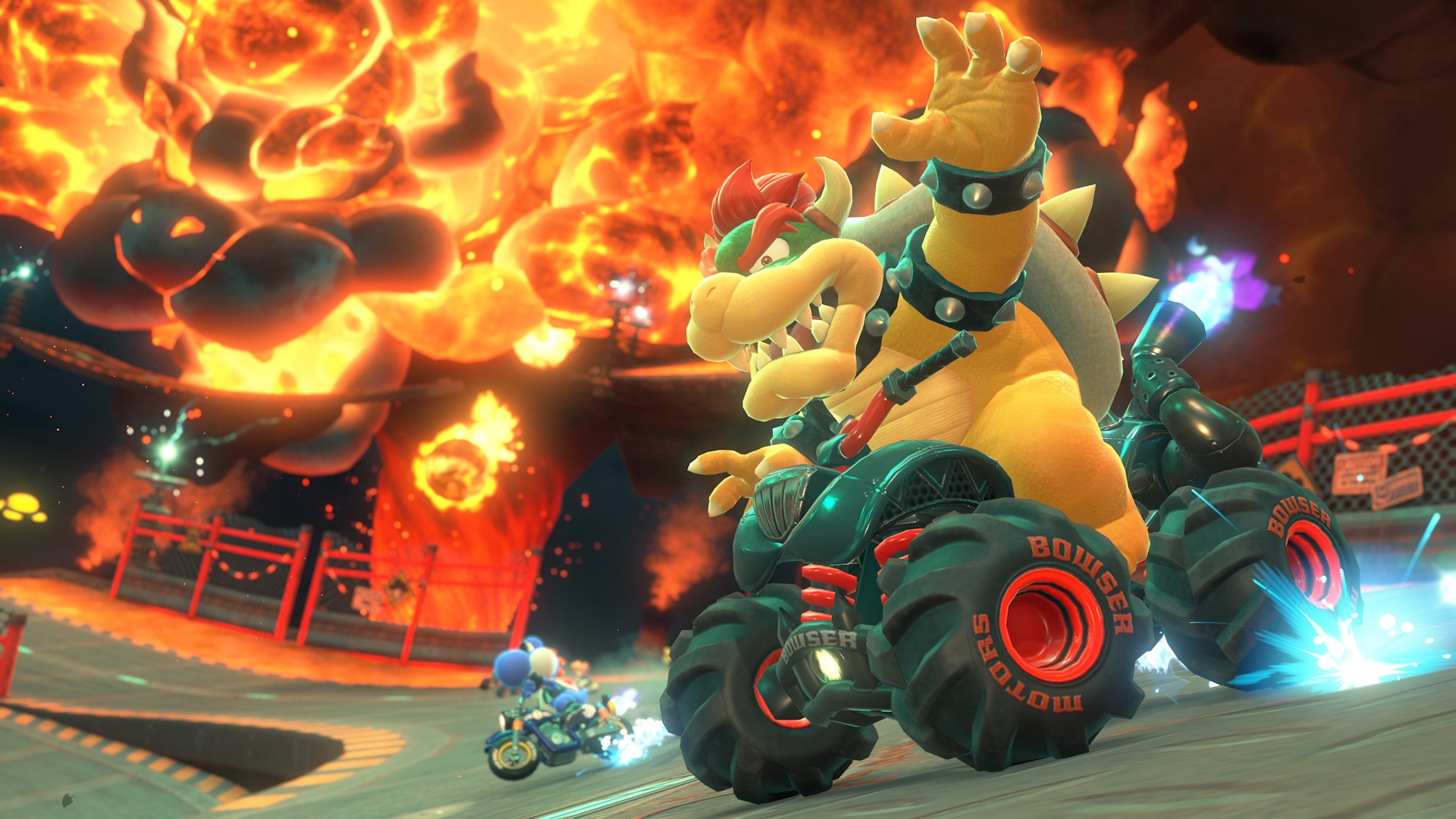With the unveiling of Nintendo Switch 2, long-anticipated upgrades for flagship titles like The Legend of Zelda: Breath of the Wild and Tears of the Kingdom are drawing attention.
A recent technical breakdown by Digital Foundry provides a comprehensive examination of how both games benefit from the Switch 2’s hardware improvements, spotlighting enhanced resolution, frame rates, and graphical fidelity that set new benchmarks for the beloved franchise. Both Zelda: Breath of the Wild and its sequel, Tears of the Kingdom, originally launched as showcase titles for the Nintendo Switch, emphasizing open-world exploration and intricate mechanics.
However, the technical limitations of the previous generation hardware meant visual compromises, particularly with resolution and texture quality.
The Nintendo Switch 2 refresh addresses many of these areas, delivering upgrades that are immediately noticeable for players revisiting these Hyrule adventures. According to Digital Foundry’s latest analysis, the original titles on Nintendo Switch typically targeted a 900p resolution when docked.
In contrast, Switch 2 editions increase docked resolution to 1440p, providing a much clearer and crisper visual experience.
The analysis notes that, under specific stress conditions, such as heavy object manipulation with the Ultrahand tool, the resolution can momentarily dip to 810p.
Notably, in Zelda: Tears of the Kingdom on Switch 2, some scenes—especially during rapid camera changes—briefly drop to a blurrier 810p before returning to the native 1440p output.
Handheld mode now features a dynamic resolution range from 648p up to a full 1080p. Further scrutiny from Digital Foundry reveals that Nintendo has incorporated higher-resolution textures throughout both titles.
This results in more detailed grass, stonework, tower structures, and shield designs, which translates into increased file sizes for the games.
Although these enhancements elevate the overall visual presentation, texture filtering remains at a relatively low setting, and anti-aliasing is described as ranging from minimal to almost absent.
Upscaling continues to rely on FSR1 technology, with no evidence of DLSS integration in these Switch 2 versions. Shadow rendering has also been improved, with higher resolution for nearby shadows and a fuller ambient occlusion effect, adding greater depth to the environment.
However, shadow flickering persists, and the overall draw distance remains consistent with the original releases. Crucially, performance leaps forward: Both Zelda: Breath of the Wild and Tears of the Kingdom now maintain a steady 60 FPS across docked and handheld play.
Only the rarest instances interrupt this stability, with Tears of the Kingdom experiencing infrequent frame rate dips.
Additionally, load times have been dramatically reduced, enhancing the fluidity of gameplay and exploration. As The Legend of Zelda: Breath of the Wild and Tears of the Kingdom now enjoy these significant enhancements on Nintendo Switch 2, players can expect a noticeably improved experience that leverages the expanded capabilities of Nintendo’s latest hardware.
For enthusiasts seeking deeper technical insights, Digital Foundry’s full video analysis offers further detail into how these landmark titles have been optimized for a new era of Nintendo gaming.
A recent technical breakdown by Digital Foundry provides a comprehensive examination of how both games benefit from the Switch 2’s hardware improvements, spotlighting enhanced resolution, frame rates, and graphical fidelity that set new benchmarks for the beloved franchise. Both Zelda: Breath of the Wild and its sequel, Tears of the Kingdom, originally launched as showcase titles for the Nintendo Switch, emphasizing open-world exploration and intricate mechanics.
However, the technical limitations of the previous generation hardware meant visual compromises, particularly with resolution and texture quality.
The Nintendo Switch 2 refresh addresses many of these areas, delivering upgrades that are immediately noticeable for players revisiting these Hyrule adventures. According to Digital Foundry’s latest analysis, the original titles on Nintendo Switch typically targeted a 900p resolution when docked.
In contrast, Switch 2 editions increase docked resolution to 1440p, providing a much clearer and crisper visual experience.
The analysis notes that, under specific stress conditions, such as heavy object manipulation with the Ultrahand tool, the resolution can momentarily dip to 810p.
Notably, in Zelda: Tears of the Kingdom on Switch 2, some scenes—especially during rapid camera changes—briefly drop to a blurrier 810p before returning to the native 1440p output.
Handheld mode now features a dynamic resolution range from 648p up to a full 1080p. Further scrutiny from Digital Foundry reveals that Nintendo has incorporated higher-resolution textures throughout both titles.
This results in more detailed grass, stonework, tower structures, and shield designs, which translates into increased file sizes for the games.
Although these enhancements elevate the overall visual presentation, texture filtering remains at a relatively low setting, and anti-aliasing is described as ranging from minimal to almost absent.
Upscaling continues to rely on FSR1 technology, with no evidence of DLSS integration in these Switch 2 versions. Shadow rendering has also been improved, with higher resolution for nearby shadows and a fuller ambient occlusion effect, adding greater depth to the environment.
However, shadow flickering persists, and the overall draw distance remains consistent with the original releases. Crucially, performance leaps forward: Both Zelda: Breath of the Wild and Tears of the Kingdom now maintain a steady 60 FPS across docked and handheld play.
Only the rarest instances interrupt this stability, with Tears of the Kingdom experiencing infrequent frame rate dips.
Additionally, load times have been dramatically reduced, enhancing the fluidity of gameplay and exploration. As The Legend of Zelda: Breath of the Wild and Tears of the Kingdom now enjoy these significant enhancements on Nintendo Switch 2, players can expect a noticeably improved experience that leverages the expanded capabilities of Nintendo’s latest hardware.
For enthusiasts seeking deeper technical insights, Digital Foundry’s full video analysis offers further detail into how these landmark titles have been optimized for a new era of Nintendo gaming.





